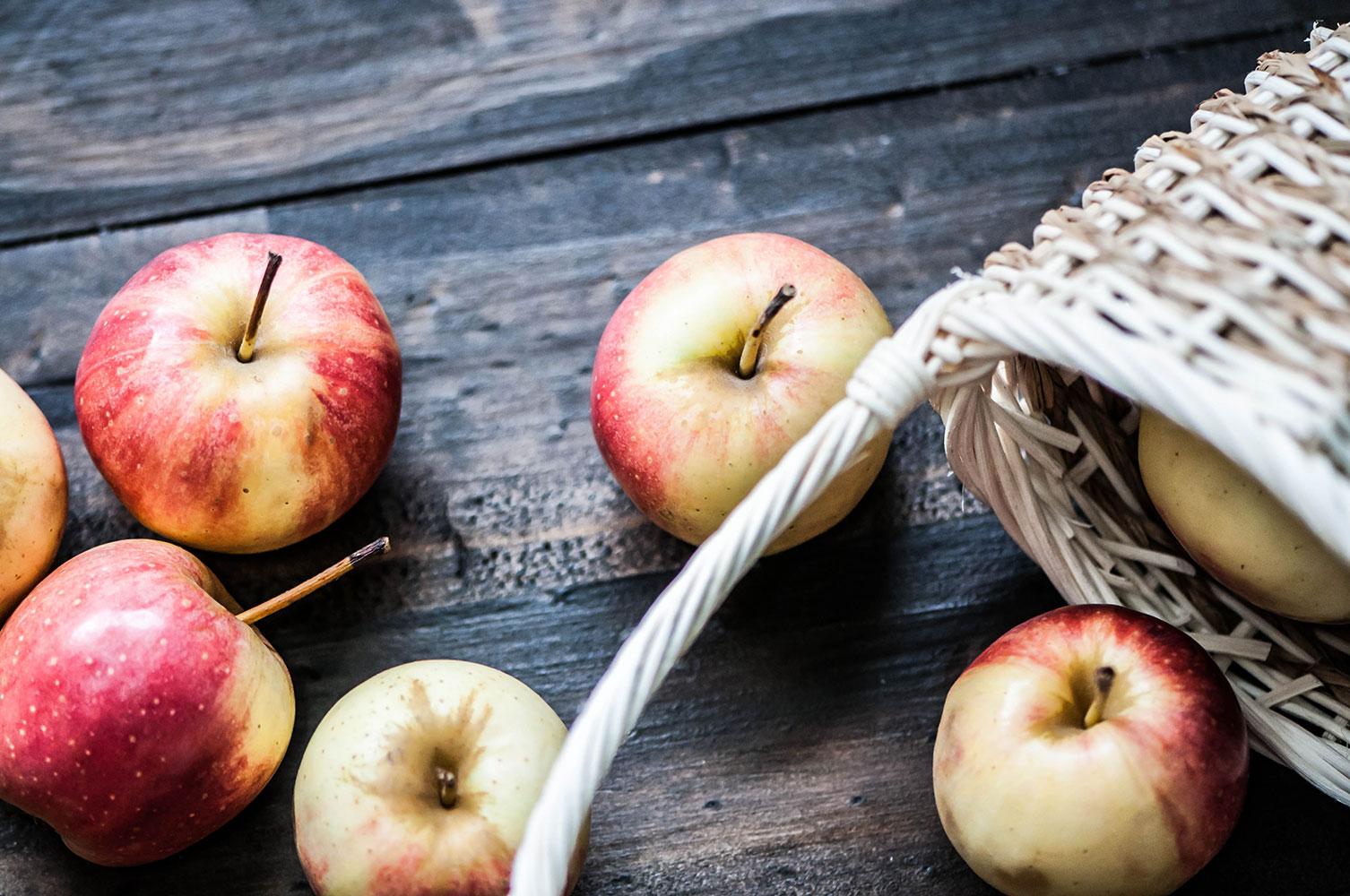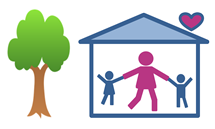
Southgate Medallion Tribute
welcome to our October 2022 Newsletter Volume 44, Issue 10
Coordinator corner
Welcome to October. As the weather turns, please remind parents to send appropriate clothing for the weather. October is a time for exploring fall colours and the changing of the seasons. For many people it’s their favourite time of the year and I think for children, it can be a great opportunity to engage in rich sensory experiences – particularly outdoors – the sounds of the wind rustling the leaves, exploring the colours of the leaves and watching them fall off the trees, the feel of the crunch beneath rain boots – such a treat to be outside and exploring all of these things and witnessing the wonder of children as they immerse themselves in this engagement.
Cold and Flu Season
With the turning of the season, comes new bugs. Covid is still present and the agency strongly recommends you continue to take children’s temperatures at the front door at drop-off time. Despite no longer having AHS guidance on covid protocols, you are still protected in your decision-making under Standard 10 C. Remember, a child should not be dropped off at your day home if they are unwell. If a child develops a fever, persistent cough, unexplained rash, vomiting, diarrhea or pink eye, call the parents immediately for pick up. You put yourself and the other day home children at risk if you don’t follow the correct procedure. If you have any doubts, call your consultant for advice.
Back Up Care
Some reminders about Back Up Care:
· It is your responsibility to arrange back up care – use the monthly Educator Phone List to find educators in your area.
· If you are providing back up care to a family, record the back up care children on your time sheet – write their full name and date of birth clearly
· You must have a completed back up care form and the children’s emergency cards during the time you are providing back up care. Care cannot be given if you don’t have these two items.
Time Sheet Reminders
Recently the agency has been receiving incomplete or unclear time sheets.
These time sheets contain information required to not only process your pay roll, but to generate information that is then sent on to the government. Therefore it is vital that you are accurate and clear.
Please be reminded of the following:
· Clearly write the FULL NAME of the parent and the child
· Clearly write the DATE OF BIRTH of the child
· Clearly write the number of hours of care you have given
· If you gave back up care, record it on your time sheet
· If you took a holiday and are expecting to get paid for it, record it with an H. In your email, remind your consultant that you are expecting to get paid.
· If a child has terminated but hasn’t attended, add their name to the attendance sheet regardless.
Thank you for your continued hard work to deliver excellent care to your children.
Happy Fall!
Emma
Safety Check Review
Good Practice for Supporting Early Years Transitions
-
Work closely with all adults who are involved with the child to plan for the separation in order to reassure and support the child as much as possible. Strong, positive and respectful relationships between practitioner and parent are key here to ease separation anxiety for both child and parent. Ensure learning journeys, progress reports, observation and assessment records are proactively transferred between care settings. Make sure that practitioners have knowledge of the context of the child’s transition. Personal history is essential but some awareness of the political/historical context of the situation could also be very helpful. This transfer of information will reassure adults on both sides of the transition and will support the new setting in understanding the child.
-
Spend quality time with the child and allow them to freely talk about what is happening to them and how they are feeling. Let them express themselves in whatever way works for them - that might include talking, imaginative play or art. Children should be allowed and encouraged to ask questions - this should help to ease any worries as they arise for the child. Spending quality time with the new key-worker should help to foster a sense of familiarity for the child and help minimize any anxieties. Ensure that you have built in opportunities on a daily basis for small groups to be with their key-person.
- Story books can be a really helpful tool in approaching the topic of transition. They can help children and parents to prepare for the upcoming transition and may help them to explore any worries or questions they may have.
-
Retain reassuring routines during times of transition. Create visual timetables and social stories to reassure the child about new routines.
-
Create an enabling environment for the child to transition to. Observe the child’s interests and current schemas and make provision for these within the continuous provision of the setting. Encourage group work and circle-time - this can help children to bond with their peers, helping them to feel more secure and feel a sense of ‘belonging’ within their new environment. Be aware that children will come from a range of cultural, family and individual backgrounds. Prepare your activities and continuous provision with this diversity in mind, so that children will see themselves and their own lives represented in the setting.
- https://www.twinkl.ca/blog/different-types-of-transitions-in-child-development
Pumpkin Chocolate Chip Cookies
Daily activities of child’s interests By: Mahabuba Salim
Fun movements. D & E are pulling down the branch in one hand and pulling the apples with another. D pulls down the apples until it comes off. F holds the branch and pulls the apple until it comes off. Then E and D sit on the stairs starts eating the apples. D is standing, holding apple with the right hand, and touching green tomato with the left hand, F is sitting, holding an apple with his right hand and watching D touch the tomato.
Learning: Gross and fine motor skills, sensory exploration, hand eye coordination, develop their pincer grasp,
Core Training Dates
Wednesday October, 5th Topic: Planning 6:30-8:30pm
Wednesday November, 2nd Topic: Documentation 6:30-8:30pmOffice Closures
Please note that the office will be closed on Monday, October 10, 2022 for Thanksgiving Day. Contact the emergency number 780-245-3097 during this time






